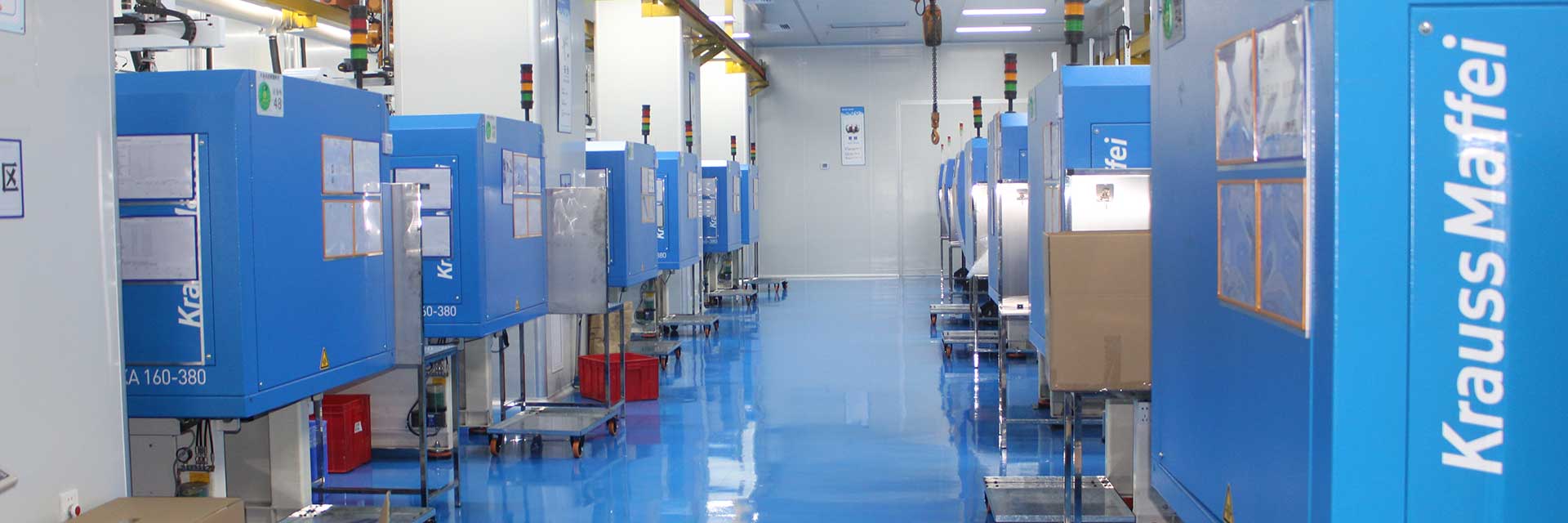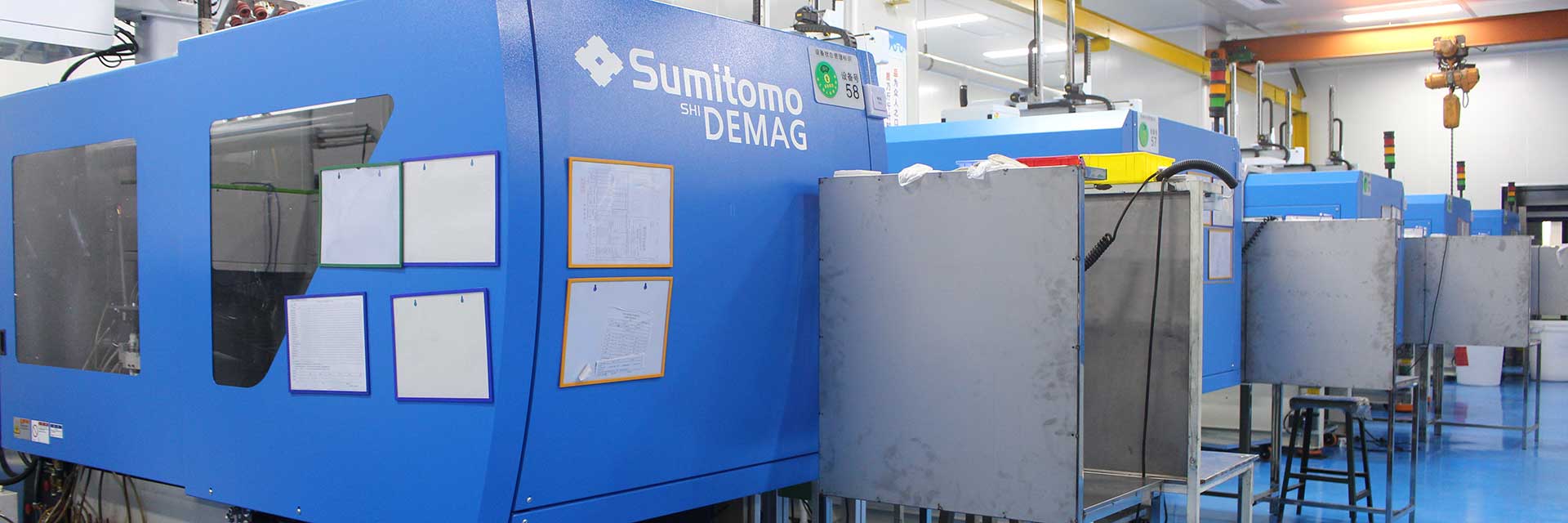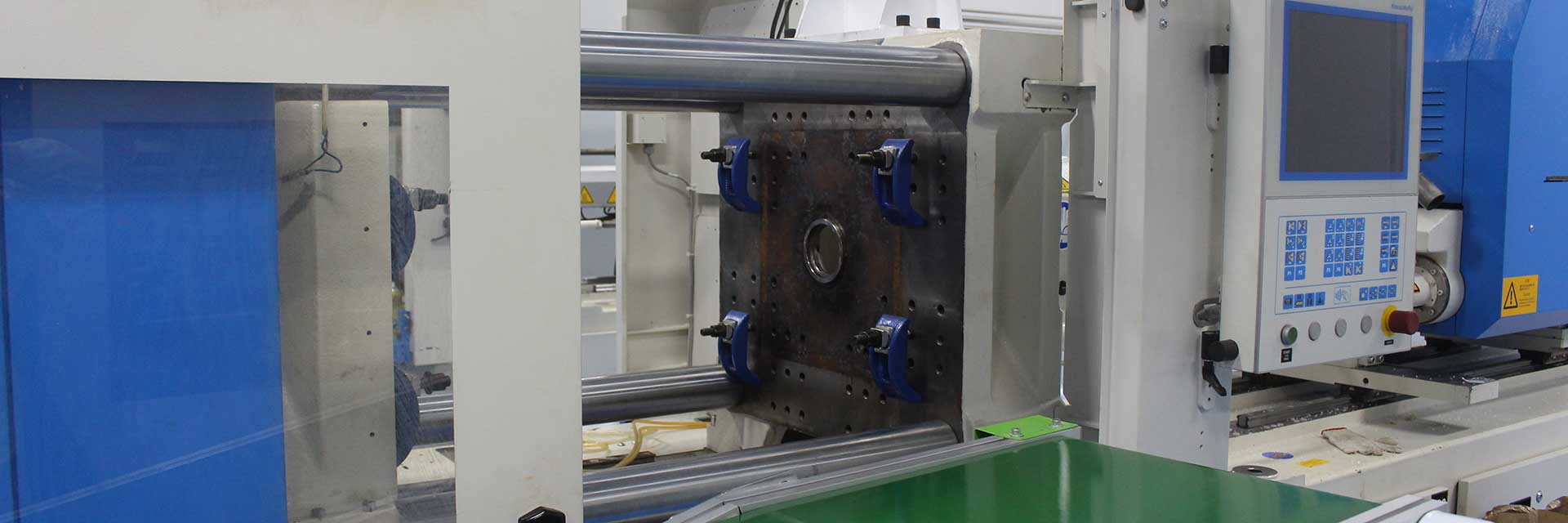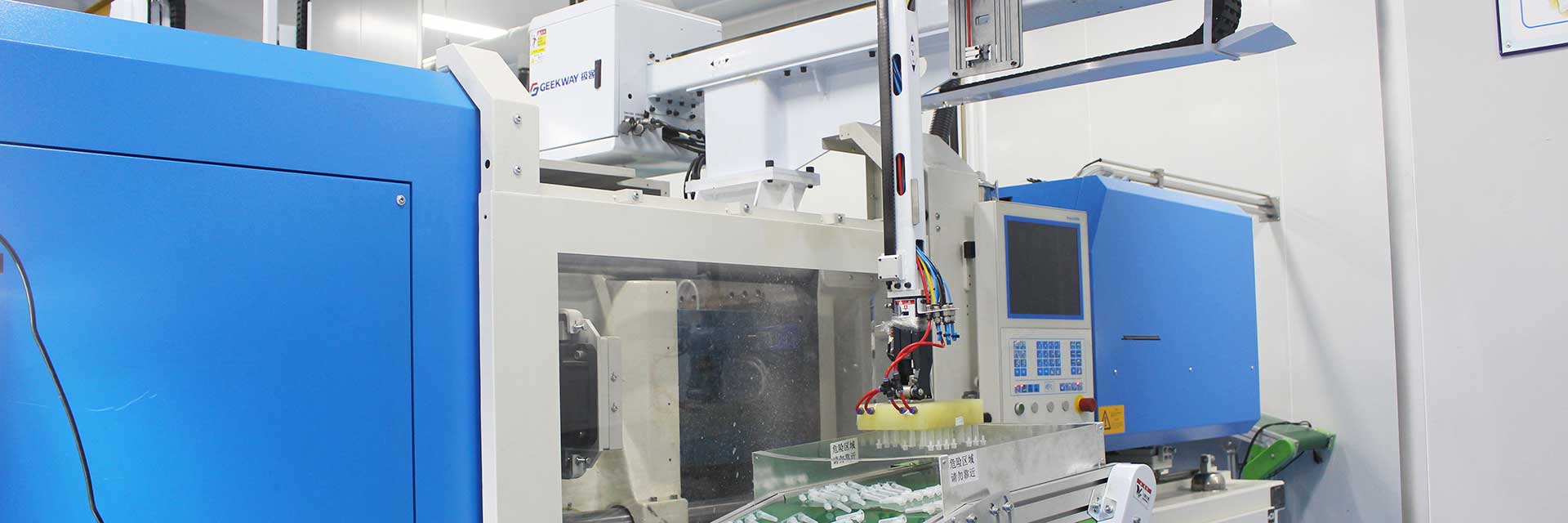What is rotational molding?
Rotational molding also uses a mold tool, consisting of a core side and a cavity side. However, the manufacturing process is quite different from injection molding.
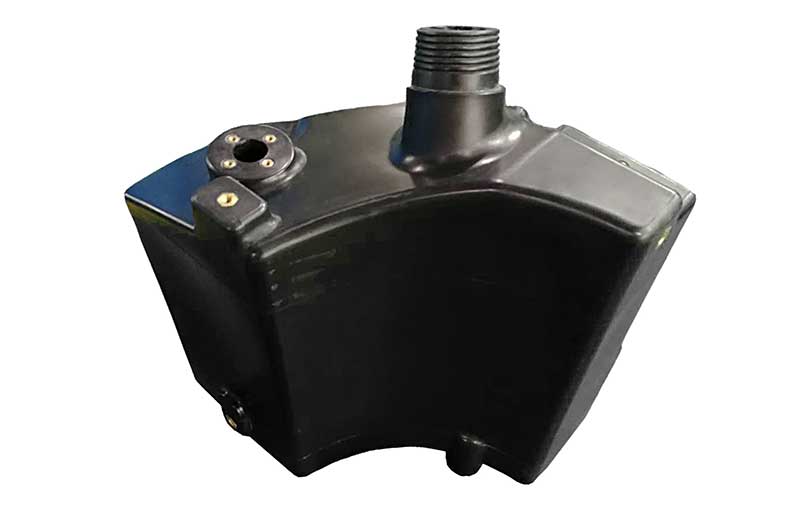
The plastic powder is first poured into the cavity of the mold, and then the mold is placed in an oven. While being heated, the mold is slowly rotated on two axes. Gravity is used to stick the plastic to the tool walls and build up the correct thickness.
Finally, the mold is removed from the oven and slowly cooled to prevent warpage. Full cooling can take several minutes, after which the tool is opened and the part removed for the next cycle.
What are the pros and cons?
Rotational molding is ideal for making large, hollow, or concave shapes, often for outdoor use like canoes, tubs, or water storage tanks.
The finished parts are stress-free and have no seams so they’re strong, and the tools are relatively simple and inexpensive to make. The downside is that tools don’t last more than a few thousand cycles before they need to be replaced, and the part finish quality is average at best so it’s not suited for precision forming.

